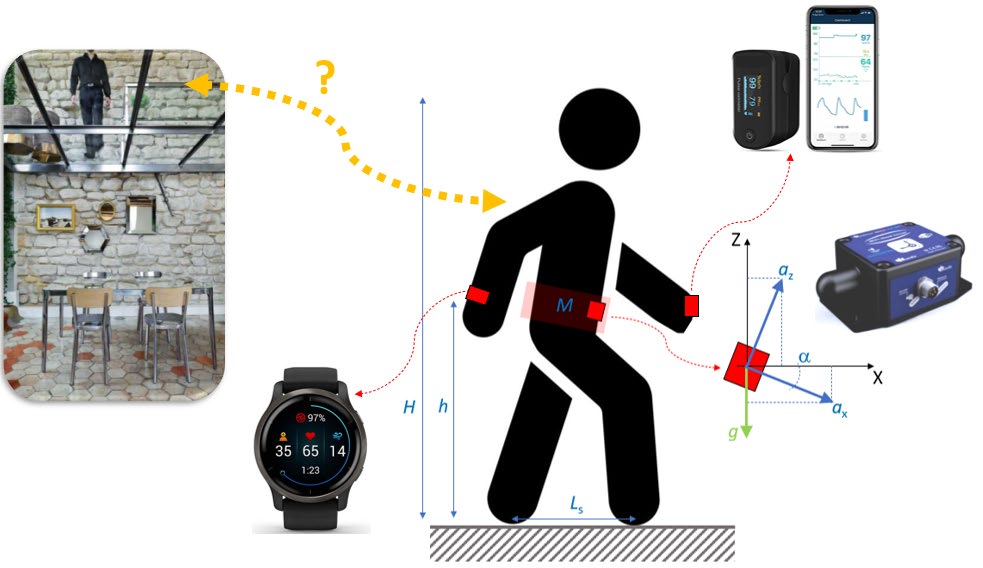Pilot Experiments for Multi-Criteria Human Comfort-Driven Structural Glass Design Assessment
DOI:
https://doi.org/10.47982/cgc.8.405Downloads

Abstract
Civil engineering design and industry are continuously evolving with the support of advancements in technology. Digital tools are able to assist designers in solving several issues with more accuracy and minimized efforts. In parallel, maximization of human comfort is a target for various design procedures, where mathematical models and standardized protocols are conventionally used to optimize well-being of customers. Major challenges and troubles can indeed derive, structurally speaking, from human reactions, which are related to a multitude of aspects, and may further enforced by slender / transparent glass components. The so-called “emotional architecture” and its nervous feelings are intrinsic part of the issue, and hence the mutual interaction of objective and subjective parameters can make complex the building design optimization. This paper presents some recent studies in which human comfort for glass structures occupants is quantitatively measured, both with the support of remote digital technologies based on facial micro-expression analysis and in-field experiments able to capture kinematic and biometric parameters for customers moving in glass environments.
Published
Issue
Section
Numerical Modeling & Experimental Validation
License
Copyright (c) 2022 Chiara Bedon

This work is licensed under a Creative Commons Attribution 4.0 International License.



